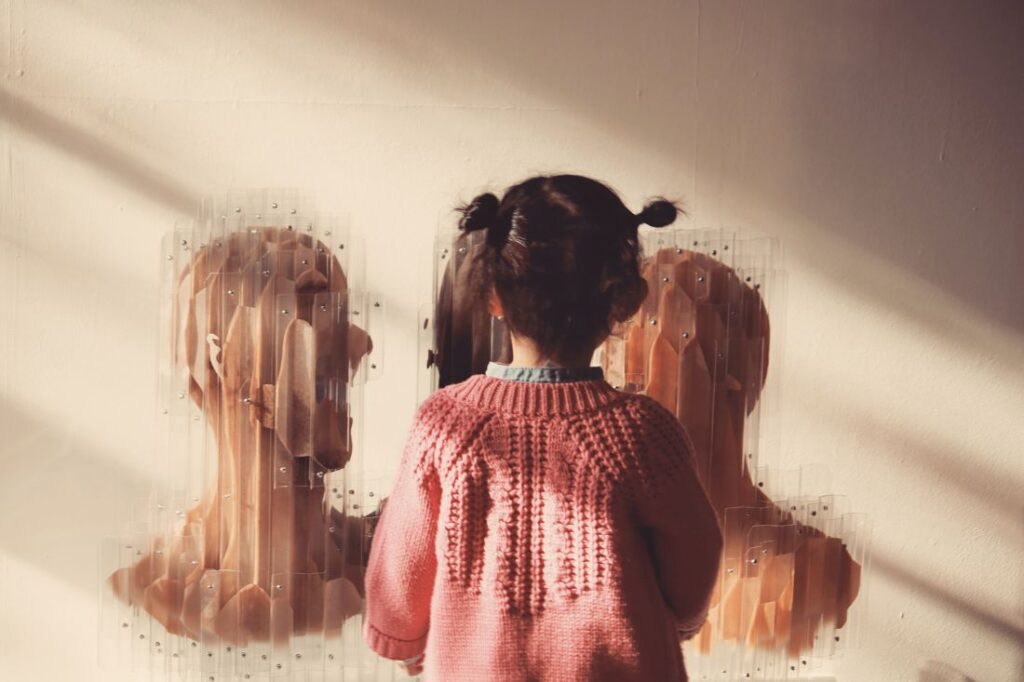At its heart, the art of noticing is about being present and curious. It’s tuning into the details—small nuances, patterns, and moments that others often overlook. It’s more than just looking; it’s seeing, feeling, and connecting.
This could be as simple as:
- Catching the way sunlight filters through leaves.
- Picking up on the subtle changes in someone’s tone of voice.
- Noticing how textures and colors interact in the world around you.
It’s a heightened awareness—a sensitivity to life’s textures and rhythms.
Why Do You Notice So Much?
Here’s why you might find yourself naturally drawn to this:
- Highly Sensitive Personality (HSP):
Some people are wired to process the world deeply. They’re more attuned to subtleties, whether it’s emotional cues, aesthetics, or environmental changes. - Curiosity and Creativity:
If you have a curious or imaginative mind, noticing is your way of feeding it. Observing details gives you material to reflect on, write about, or turn into ideas. - Empathy and Emotional Intelligence:
Being a keen observer can also mean you’re deeply empathetic. You notice what’s unsaid—the small gestures, microexpressions, and emotions others may miss. - A Search for Meaning:
Observing might be your way of finding patterns and meaning in the chaos of life. Maybe you’re piecing together the “why” behind people’s actions or the beauty in a fleeting moment. - Introversion:
If you’re introverted, you may naturally spend more time in reflective observation, as it’s your way of engaging with the world while maintaining energy.
The Beauty and Challenge of Noticing
This gift of yours has its upsides and downsides:

Upsides:
- Deep Appreciation: You see beauty and complexity in everyday life.
- Empowerment Through Awareness: Knowing what’s happening around you can help you make better decisions.
- Connection to the World: It keeps you grounded and in tune with your surroundings.
Challenges:
- Overthinking: Noticing too much can lead to analyzing everything.
- Emotional Overload: Picking up on subtle cues, especially negative ones, can be draining.
- Feeling Out of Sync: Others may not always understand or share your perspective.
How to Embrace the Art of Noticing
Here are a few ways to celebrate and refine your observational skills without feeling overwhelmed:
1. Document What You See
Start a journal, write poetry, take photographs, or even sketch. Channeling your observations creatively can turn noticing into art.
2. Practice Mindful Observation
Spend a few minutes each day intentionally noticing something specific. It could be sounds, textures, or colors around you.
3. Ask Questions
When you notice something, ask yourself:
- Why did this catch my attention?
- What emotions does it bring up?
4. Accept It as Your Gift
Recognize that not everyone sees the world the way you do. This isn’t a flaw—it’s a strength.
5. Balance Noticing with Letting Go

Sometimes, it’s okay to let things pass by. Not every detail needs to be stored or analyzed.
The Wisdom in Noticing
The art of noticing is about finding the extraordinary in the ordinary. It’s what writers, artists, and thinkers often rely on to create and connect. It’s also what makes you deeply human, able to understand life in layers, not just surface-level interactions.
So, if you’re feeling unsure about your natural ability to notice, try reframing it: You’re not just watching life pass by; you’re truly living it, savoring the moments others might rush through.


Leave a Reply